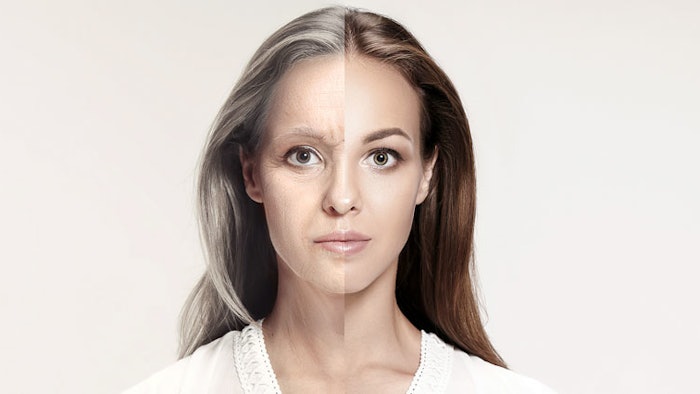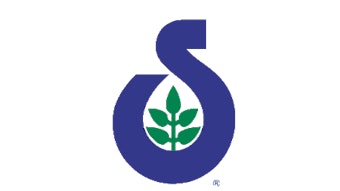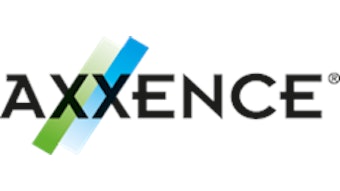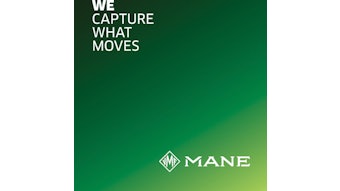
Kao Corp.’s biological science research laboratory has found that the degree of skin aging, which varies among individuals, can be measured and expressed as the ‘biological age’ of skin.
Related: How Metals Are Being Used in Anti-aging Skin Care
This was accomplished by utilizing expression information of ribonucleic acid (RNA) in skin surface lipids (SSL-RNA), which changes with aging, in combination with machine learning.
In a previous study, Kao demonstrated that SSL-RNA expression patterns change with age. The company conducted an enrichment analysis of 368 RNAs associated with chronological age in 113 women aged 20-59 years. The analysis revealed that SSL-RNAs whose expression patterns change with aging contain various components that are responsible for aging-related functions including inflammation, cell death, cellular senescence, epidermal differentiation, etc.
'The predicted ages suggested biological age and reflected the degree of variation in aging among individuals.'
Based on these results, Kao attempted to use SSL-RNA to estimate the degree of aging in the human body. To achieve this, Kao constructed and evaluated a machine learning model that predicts age based on the expression levels of the previously mentioned 368 RNAs using the same study subjects.
This evaluation showed a high correlation between the predicted and actual chronological ages. However, even among the same age group, some subjects showed higher or lower predicted age than others. Therefore, the predicted ages suggested biological age and reflected the degree of variation in aging among individuals.
Related: Aging Out: Telomere Shortening Cell Senescense Reversed by Hyperbaric Oxygen Therapy
In this study, ages predicted by the machine learning model were defined as biological ages and were verified to determine whether they were valid as an index of skin aging. In a group of participants in their 40s (n = 14), among whom skin aging was expected to vary considerably by the individual, participants in the upper 25% of biological age (older biological age group) and those in the lower 25% of biological age (younger biological age group) were included in the analysis to compare skin measurements between the groups.
In the analysis, the older biological age group (n = 4) showed more skin roughness at the outer corner of the eyes (larger number of and/or deeper wrinkles), less skin elasticity around the eyes and more glycated level of the skin around the mouth, compared with the younger biological age group.
Based on these findings, it was considered that biological age estimated from SSL-RNA is a valid index of skin aging because individuals whose biological age was relatively older tended to show more aged skin. Furthermore, the correlations between skin measurements related to skin aging and biological age or chronological age were analyzed in the same age group to verify to what extent biological age can reflect skin aging compared with chronological age.
Related: Topical ADSCS Plus Niacinamide Boost Anti-aging Outcomes of Ablative Laser Treatment
As a result, biological age significantly correlated with skin measurements while there were no significant correlations between chronological age and skin measurements in the group in their 40s. These findings indicate the possibility that biological age estimated from SSL-RNA by using machine learning more strongly reflected the degree of skin aging.
Kao will further accumulate SSL-RNA data to improve the performance of biological age estimation to apply it to understand the variations in individual aging and to develop optimal approaches to body and skin care.
Related: Kao and Tsukuba Univ. Scientists Devise Technique to Visualize the Depths of Skin Wrinkling









